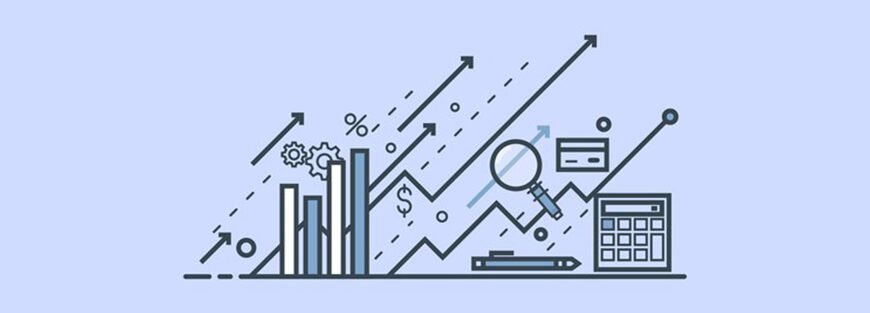What is the Optimization Model?
It is one class of mathematical models that maximize or minimize a real function by systematically choosing input values from within an allowed set and computing the value of the function.
- Components of an Optimization Model:
An optimization model has three main components-
An objective function- This is the function that needs to be optimized.
A collection of decision variables- The solution to the optimization problem is the set of values of the decision variables for which the objective function reaches its optimal value. A collection of constraints that restrict the values of the decision variables.
- Types of Optimization Models:
Optimization problems can be classified in terms of the nature of the objective function and the nature of the constraints. Special forms of the objective function and the constraints give rise to specialized algorithms that are more efficient. From this point of view, there are four types of optimization problems, of increasing complexity.
An Unconstrained optimization problem is an optimization problem where the objective function can be of any kind (linear or nonlinear) and there are no constraints.
A linear program is an optimization problem with an objective function that is linear in the variables, and all constraints are also linear.
A quadratic program is an optimization problem with an objective function that is quadratic in the variables (i.e. it may contain squares and cross products of the decision variables), and all constraints are linear. A quadratic program with no squares or cross products in the objective function is a linear program.
A nonlinear program is an optimization problem with an objective function that is an arbitrary nonlinear function of the decision variables, and the constraints can be linear or nonlinear.
Decision Variables:
Finding the optimal values of the decision variables is the goal of solving an optimization model. The Lower Bound and Upper Bound properties specify lower and upper bounds for the values the variable can take. After the solution of the model has been computed, the Value property returns the value of the variable in the optimal solution.
Constraints:
Constraints limit the possible values for the decision variables in an optimization model. There are several types of constraints. The Lower Bound and Upper Bound properties specify lower and upper bounds for the value of the constraint. After the solution of the model has been computed, the Value property returns the value of the constraint in the optimal solution.
There are two types of constraints: Linear and Nonlinear
Linear constraints express that a linear combination of the decision variables must lie within a certain range.
Nonlinear constraints express that the value of some arbitrary function of the decision variables must lie within a certain range.
Typical Refinery Model description
Maximize: profit = revenue – material cost – operating cost
Subject to:
- For all crude oils: a constraint stating that the amount of crudes used in processes must not exceed the amount of crudes purchased
- For all intermediates: a constraint stating that the net production and purchases of an intermediate commodity must exceed its use in blending
- For each production unit: a capacity constraint
- For all crude oils: limits on purchases
- For all final products: a constraint stating that final sales must equal the output of the blending process.
- For all final products and all quality attributes: upper and lower bounds on the quality of final products. Examples of Software that use optimization techniques are Aspen PIMS, GAMS, etc



